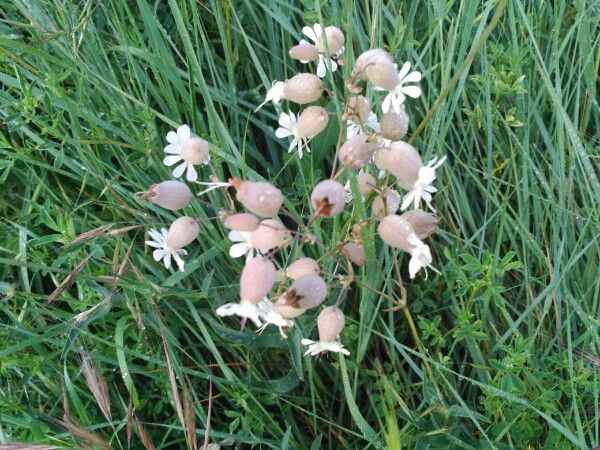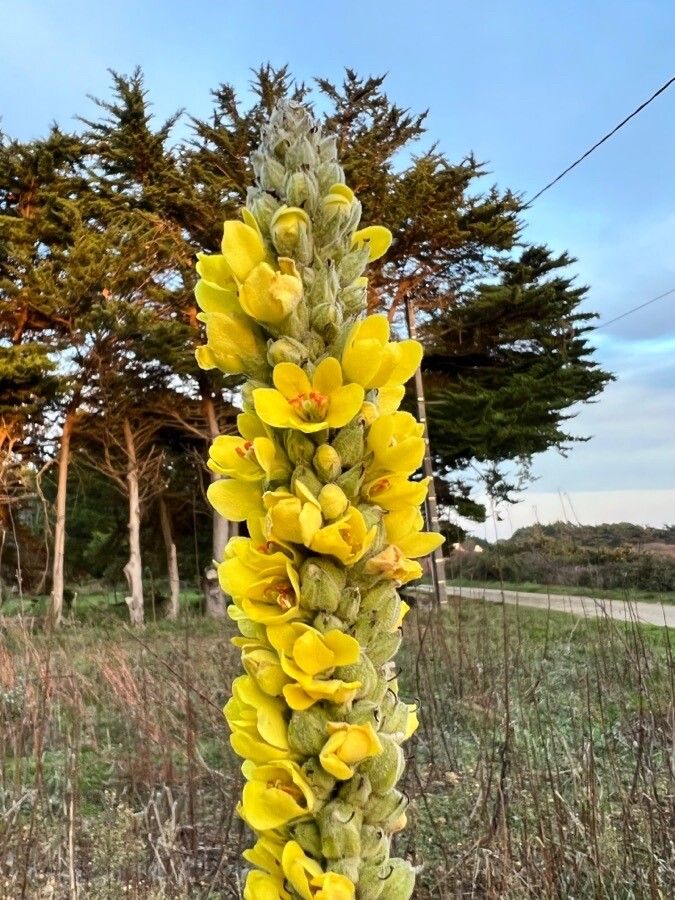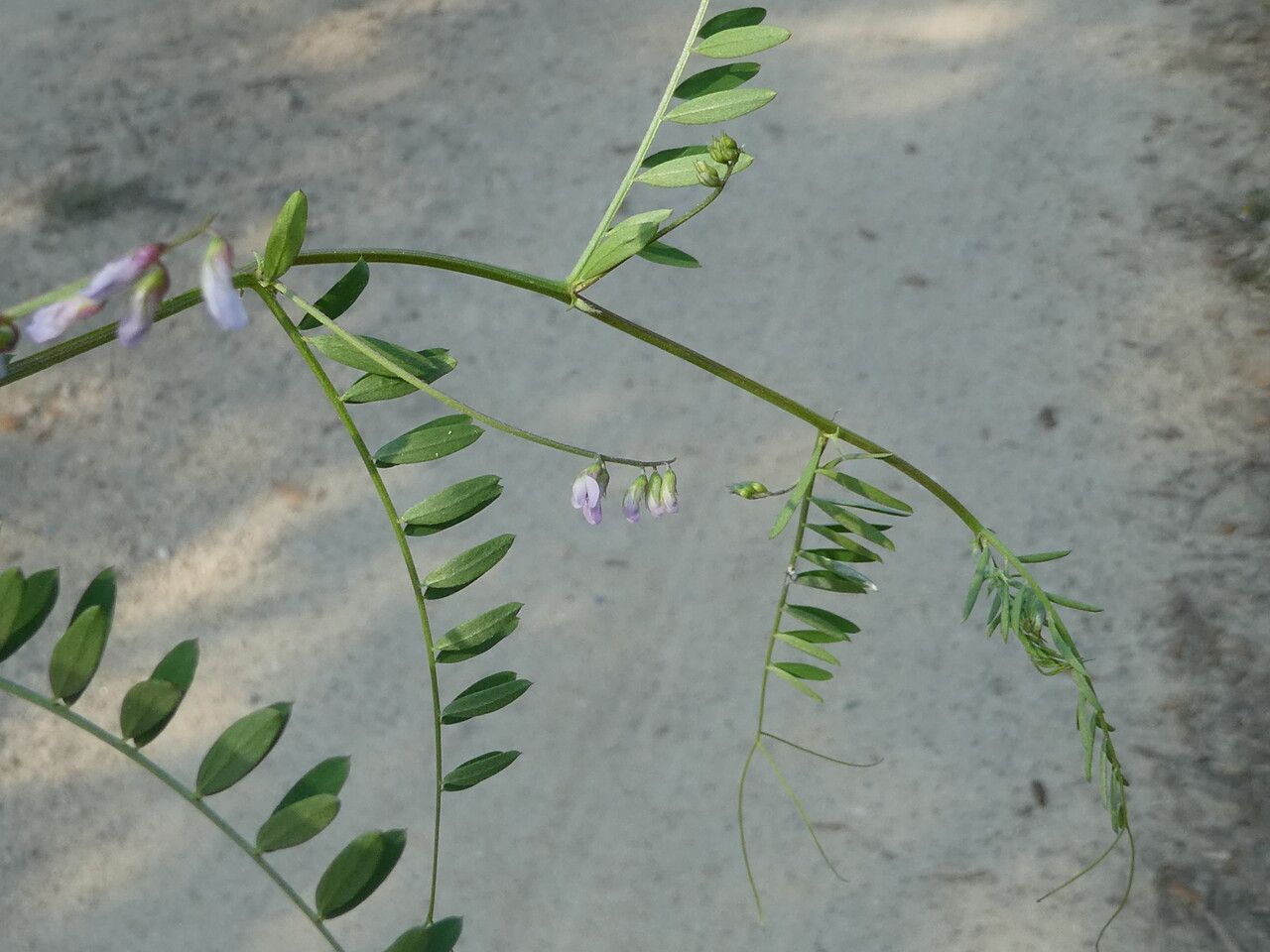## Unveiling the Fe'i Banana: A Culinary and Horticultural Gem
The Fe'i banana (Musa fehi), a member of the Musaceae family, stands apart from its sweeter cousins. This intriguing variety boasts a unique flavor profile and a remarkable resilience, making it a fascinating addition to both the home garden and the culinary landscape. Unlike the Cavendish banana found in most supermarkets, the Fe'i banana offers a more complex taste experience and a distinct visual appeal.
### Botanical Characteristics and Origins
The Fe'i banana is characterized by its relatively small size, compared to dessert bananas, and its striking appearance. Its fruit is typically smaller and more robust, with a thicker peel that ranges in color from reddish-purple to deep brown when ripe. The flesh is firm, less sweet than dessert bananas, and often described as possessing a tangy, slightly acidic flavor with hints of apple or pineapple. Its origins trace back to the Pacific Islands, where it has been cultivated for centuries, playing a significant role in the local diet and culture.
### Habitat and Growth
The Fe'i banana thrives in warm, tropical climates and requires consistently moist, well-drained soil. While it appreciates some shade, it generally prefers partial sun exposure, especially in hotter regions. Like other bananas, it benefits from regular watering, particularly during periods of active growth. However, it is crucial to avoid waterlogged conditions, which can lead to root rot. Protection from strong winds is also beneficial, as they can damage the plant's leaves and pseudostem.
### Soil Needs and Propagation
The Fe'i banana prefers fertile soil rich in organic matter. Well-composted soil or the addition of mulch can significantly improve growth and fruit production. Propagation is typically achieved through suckers, which are offshoots that emerge from the base of the parent plant. These suckers can be carefully separated and planted to create new banana plants. Alternatively, seed propagation is possible, although it is a less common method and may yield plants with variable characteristics.
### Culinary Uses and Nutritional Value
Fe'i bananas, despite their less sweet flavor, are a versatile ingredient. They are often cooked before consumption, either baked, steamed, or fried. The cooked fruit develops a sweet and savory flavor that complements various dishes. Its nutritional profile includes vitamins and minerals, contributing to a balanced diet. They are particularly rich in vitamin C and dietary fiber.
### Fe'i Banana vs. Dessert Bananas: A Comparison
While the Fe'i banana shares family ties with commercially available dessert bananas, key distinctions exist: its smaller size, firmer texture, less intense sweetness, and more acidic profile set it apart. Dessert bananas are generally larger, sweeter, and have a softer texture upon ripening. The Fe'i banana’s unique traits make it a valued addition to diverse culinary traditions.
### Growing Your Own Fe'i Banana Paradise
Embarking on the journey of cultivating Fe'i bananas can be a rewarding experience. With proper care and attention, these resilient plants can thrive, offering a unique and flavorful reward for your efforts. Whether you are an experienced gardener or a curious novice, the Fe'i banana's distinct characteristics and adaptability make it a fascinating subject to explore.
Fe'i Banana: Grow the Unique Musa fehi

Frequently Asked Questions
How to grow a Fe'i banana?
Fe'i bananas thrive in warm, tropical climates with moist, well-drained soil rich in organic matter. Plant suckers in partial sun, water regularly (avoiding waterlogging), and protect from strong winds.
What is the taste of a Fe'i banana?
Unlike dessert bananas, Fe'i bananas have a less sweet, tangy, and slightly acidic flavor, often compared to apple or pineapple. They're usually cooked before eating, developing a sweeter and savory taste.


